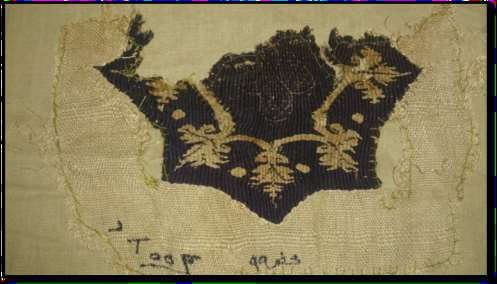By Panagopoulou, Lampakis, Christophilos, Beltsios, Ganetsos
ABSTRACT
A group of Iznik ceramics of the Islamic Museum, Benaki Museum in Athens was studied in this work. The ceramics originate from Nicaea in Asia Minor and date between 15th and early 18th century AD. A structural and chemical characterization of the sherds is pursued through the use of Raman Spectroscopy. In addition, technological properties such as the porous, mineral phases and glassy, texture and the orientation of grains and aggregates were given and important information concerning the aspects of construction and decoration of Iznik pottery were obtained through the use of Optical Microscopy, Scanning Electron Microscopy, Raman Spectroscopy and X-Ray Diffraction. The results confirm the presence of three layers: the body, the slip and the glaze that contains cassiterite (SnO2). Also, the purple hues in addition to iron oxides contain manganese ones as well. Greens are characterized by enhanced presence of iron and copper. Finally, black contour lines are based on the Cr2O4 – MnΟ – Fe2O3 combination and are used for the definition of borders of colored area.
![]()


